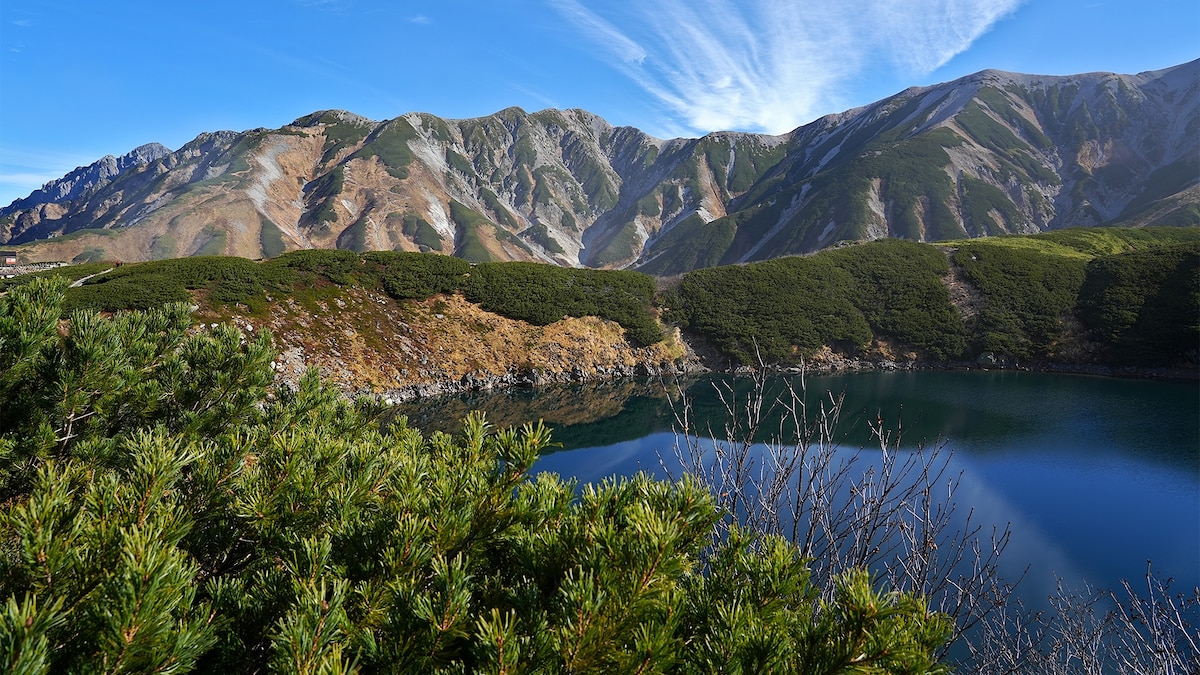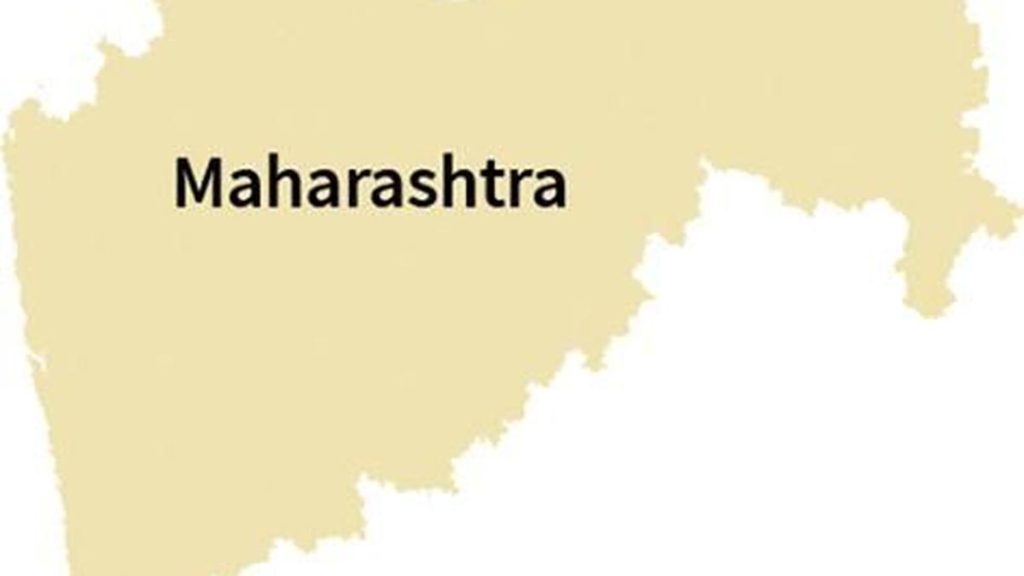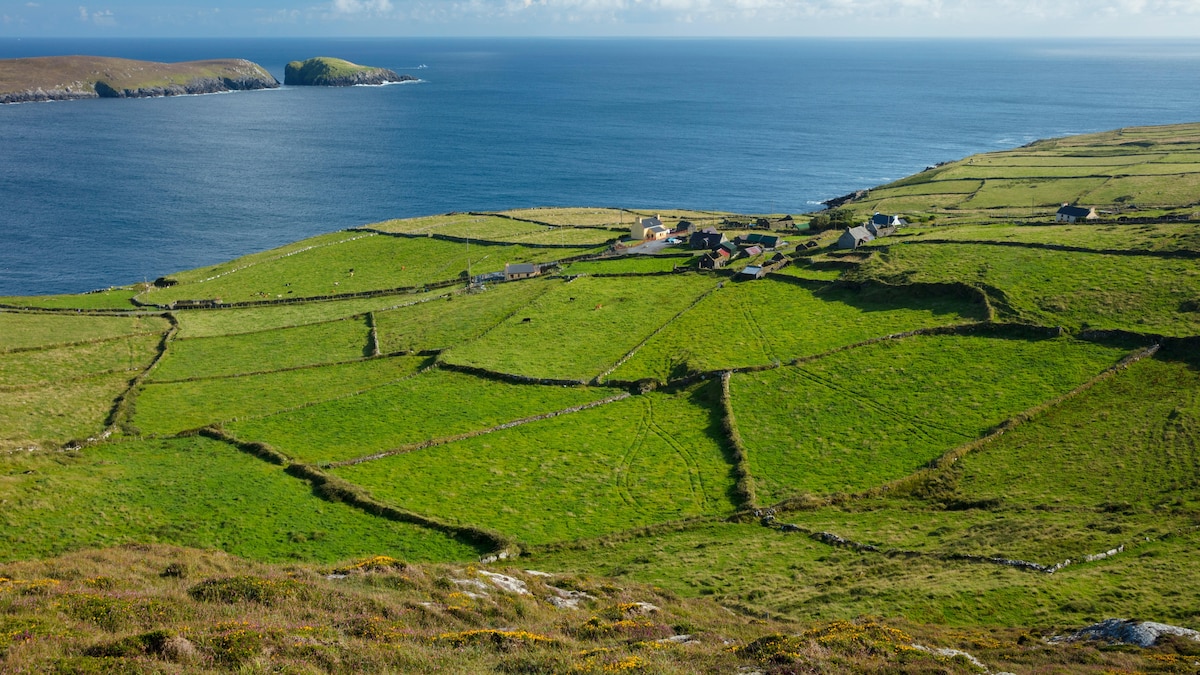Now Reading: Explore the Tateyama Kurobe route—Japan’s ultimate mountain journey
-
01
Explore the Tateyama Kurobe route—Japan’s ultimate mountain journey
Explore the Tateyama Kurobe route—Japan’s ultimate mountain journey

This article was produced by National Geographic Traveller (UK).
For travellers looking to explore the peaks of Japan, it doesn’t get much better than the Tateyama Kurobe Alpine Route, an extraordinary expedition through the country’s Northern Alps in the centre of the main island of Honshu. Like a similar but far more travelled route around Mount Fuji to the south, this itinerary incorporates multiple forms of transport — a train, funicular, highland bus, cable car and electric bus, plus a short stretch by foot. Along the way, you’ll see Tateyama (Mount Tate), one of Japan’s three sacred peaks; the Kurobe Dam, a feat of engineering; and, from April to around June, the aptly named Snow Wall.
Strictly speaking, the route covers 23 miles between Tateyama and Omachi. If you have time to spare, it’s worth extending it to begin in Toyama, famed for its seafood, and end in Nagano, with onsen hot baths to sink into and rest.
Itinerary: Toyama to Nagano via the Tateyama Kurobe Alpine Route
Start point: Toyama
End point: Nagano
Distance travelled: 77 miles
Duration: One to three days
1. Toyama
Easily accessible by bullet train from Tokyo and known as the gateway to Japan’s snow country, Toyama is framed by the Japanese Alps to the south and the Sea of Japan to the north. Snowmelt from the former fills the deep basin of the latter, providing a perfect environment for some 500 species of fish. The tastiest catch — including kanburi (winter-caught yellowtail), hotaru ika (firefly squid), shiroebi (white shrimp) and Koshi red snow crab — is served in fine-dining establishments throughout Japan, and you can try it at the source in the city’s outstanding sushi restaurants. Besides its proximity to nature escapes and world-class seafood, Toyama also has a rich history of glass art. Begin your journey here, travelling along a narrow-gauge track on a local train — a ride affording views of receding city streets and rustic settlements.

Toyama, on Japan’s Sea of Japan coast, is the gateway to Tateyama Kurobe Alpine Route.
Photograph by Getty Images
2.Tateyama
The air is crisper, the forest foliage thicker, the horizons wider and — completing the sense of immersion in nature — there’s the sound of water gushing down from the mountains. Although only 1,558ft above sea level, the town of Tateyama is a great place to begin acclimatising to mountain life. Visit the Tateyama Museum of Toyama, which explores the religious and spiritual significance of the local mountains. In particular, Mount Tate (9,892ft) is traditionally believed to be close to the gods, serving as both a literal and symbolic high place. On a clear day, you can see its triple peaks as part of a magnificent alpine panorama; in summer, when hiking trails open, they’re a place of pilgrimage.
3. Murodo
The ascent to Murodo, the highest point of the trail at 8,038ft, entails two journeys — one by funicular railway and one by highland bus, a drive along winding mountain roads framed by cedar and beech trees, and affording a view of the Shomyo Falls. At the end is Yuki no Otani (the ‘Great Valley of Snow’, or Snow Wall), where in spring the road dramatically cuts through thick packs of snow that — at the start of the season — tower 60ft above passers-by. Elsewhere, it’s possible to walk along a volcanic plateau, taking in the smouldering caldera of Jigokudani (Hell Valley), which puffs out sulphur-rich emissions of smoke. Look out for the prized rock ptarmigan, a bird which – due to its ability to adapt and survive in harsh conditions — is said to be the harbinger of happiness.

Shomyo Falls is Japan’s tallest waterfall, with a drop of 350 metres.
Photograph by Yasunori Nakajo; Getty Images
4. Kurobe Dam
The descent to the other key sight on the trail involves a journey on an electrical bus through a twisting tunnel; a ride on a pillar-less cable car towards the Ushiro Tateyama mountain range; and a ride on an underground funicular railway. Significant stretches of the route were built to facilitate the construction of the Kurobe Dam, the tallest in Japan, built to power the country’s post-war economic boom. Opened in 1964, its high walls towering over the valley is still an awe-inspiring sight, and a 15-minute walk across its highest point affords views of the dam itself, Lake Kurobe reservoir and – from late June to mid-October — the powerful streams of water that are discharged way below.
5. Nagano
From the dam, a short ride by electric bus through the Kanden Tunnel brings you to the station of Ogizawa in Omachi where the route officially ends. If time allows, take the two-hour bus ride on to Nagano, the key city in the mountainous prefecture of the same name, also known as the ‘Roof of Japan’. This is a place of pilgrimage for Buddhists wanting to visit the seventh-century Zenkoji Temple — as well as for lovers of Japan’s onsen hot spring baths, with hundreds of options to choose from, some of which are frequented by wild monkeys. From Nagano, a shinkansen train can speed you back to Tokyo in just an hour and 20 minutes.
A practical guide to travelling the Tateyama Kurobe Alpine Route
How much time should I allow?
The journey from Toyama to Nagano (or vice versa) takes eight or nine hours including stops, but while many people choose to do it in one day, there are advantages to spreading it over two or even three. A night at Murodo gives the chance to explore at a more leisurely pace some of the key sights without the day-trip crowds. The night skies here are spectacular, as are the glimpses of Toyama glowing in the valley below. Mountain weather is notoriously changeable, too: giving yourself longer significantly increases the chances of clear views for at least some of the time.
What is the best time of year to go?
The route opens from mid-April until late November. Spring (April to June) is when you will see the Snow Wall — which, though slowly melting, typically remains until June. In summer (June to August) the mountainsides fill with alpine flowers and the route attracts many hikers. Autumn (September to November) is the time for stunning displays of red, yellow and orange foliage. The busiest period is spring; while there may not be many western tourists, expect to see plenty from East and Southeast Asian countries.

To ascent Murodo, travellers must journey on funicular railway and highland bus.
Photograph by Shino Ono; Getty Images
What do I need to bring?
It’s always best to prepare for all eventualities in the mountains, particularly in the cooler months. Bring several layers, including waterproofs, ideally. Thick snow and ice in the early part of the season means the paths can be slippery and difficult, so good footwear is essential. In summer and autumn, sturdy trainers should suffice. Wear sun cream in all seasons; the high altitude can bring on headaches, so sickness medication could be useful. Average temperatures at Murodo are 0-15C (April-June), 10-20C (July-August), 5-15C (September-October) and 0-5C in November — though it can drop to well below zero.
Can I do it independently?
With signage at all the transport intersections in English as well as Japanese and staff able to assist in English, it’s possible to do this independently. A one-way adult fare from Toyama to Nagano costs ¥16,660 (£87). In Murodo, Hotel Tateyama offers double rooms on half-board basis from ¥26,400 (£137)pp; in Tateyama, Hotel Mori no Kaze Tateyama has double rooms on half-board basis from ¥18,700 (£97)pp. For more information about travel in Toyama, see Visit Toyama — if you do want help with arrangements, Mizu to Takumi Toyama West Tourism Association can tailor-make an itinerary.
To subscribe to National Geographic Traveller (UK) magazine click here. (Available in select countries only).
























